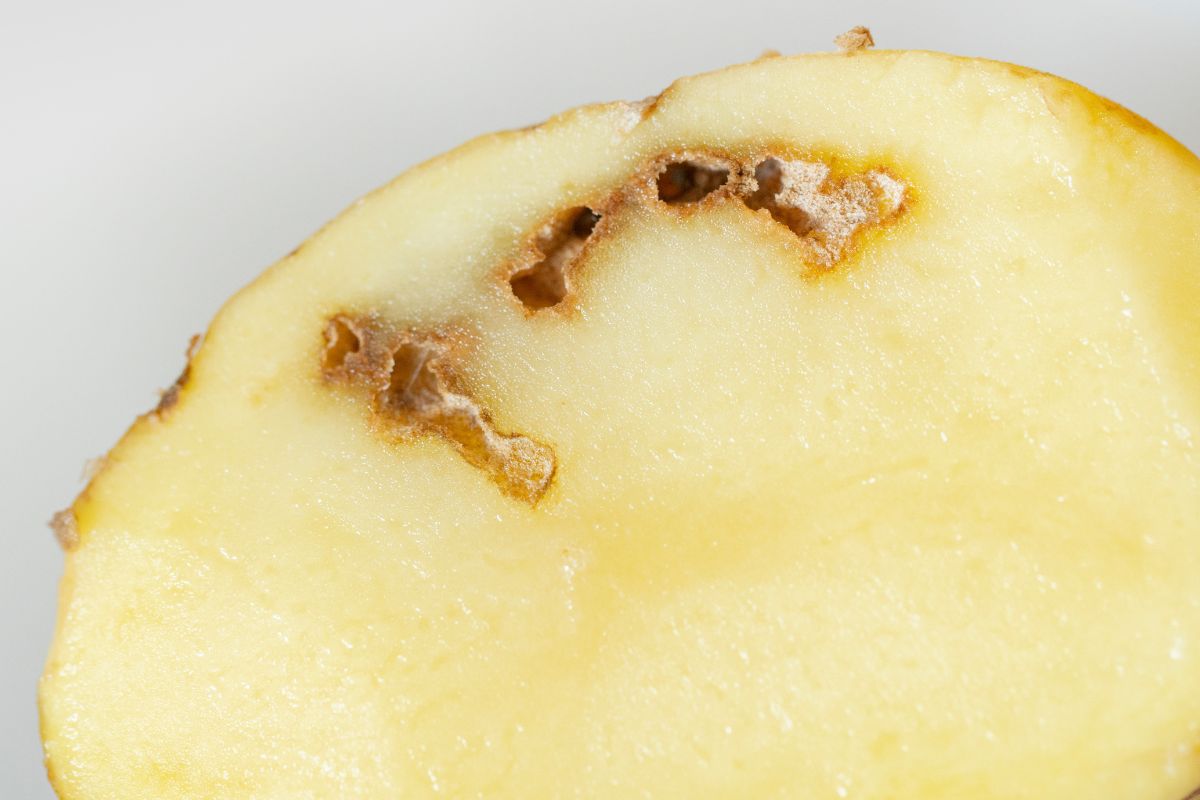Antimicrobial resistance is becoming a more significant issue, thus researchers are looking everywhere for new substances.
A global research team in Europe reports the discovery of the novel antifungal antibiotic solanimycin this week in mBio. A wide range of closely related plant pathogenic bacteria appear to manufacture the chemical, which was initially discovered from a pathogenic bacterium that infects potatoes.
Advertisement
The researchers found that solanimycin inhibits a variety of fungi known to damage and infect agricultural crops. In laboratory tests, the substance also inhibited the growth of Candida albicans, a fungus that normally lives in the body but can lead to potentially harmful infections. The findings imply that solanimycin and related drugs may be helpful in both clinical and agricultural situations.
The majority of medicinal antibiotics used today are produced by soil microorganisms, particularly those belonging to the phylum Actinobacteria. According to scientist Rita Monson, PhD, of the University of Cambridge, the new finding shows that plant-based microbes are worth further investigation, particularly as crops grow resistant to current treatments. She co-led the study with molecular microbiologist Miguel Matilla, PhD, at the Estacion Experimental del Zaidn of the Spanish Research Council in Granada.
Monson stated that “we have to investigate more broadly over far more of the microbial populations available to us.”
Solanimycin is produced by the pathogenic potato bacterium Dickeya solani, which was discovered more than 15 years ago. About ten years ago, scientists in molecular microbiologist George Salmond’s group at the University of Cambridge started looking into the substance’s antibiotic potential.
According to Matilla, “These strains evolved quickly and are now extensively disseminated.” Not the first antibiotic derived from the bacteria is solanimycin. In earlier research, scientists discovered that D. solani generates the antibiotic oocydin A, which is very effective against a variety of fungal plant infections.
These earlier findings suggested that the bacterium might produce other antibiotics with the potential to be antifungal, according to Matilla, who also analysed the genome of the organism. That tip paid off: Matilla, Monson, Salmond and their colleagues discovered that the bacteria continued to exhibit antifungal activity even after silencing the genes essential for the production of oocydin A.
The chemical solanimycin and the gene clusters in charge of the proteins that produce it were discovered as a result of that observation.
The scientists discovered that the bacterium produces the chemical in response to cell density and uses it sparingly. The solanimycin gene cluster is also activated by an acidic pH environment, like the one found in potatoes. It almost seems like a clever protection system, according to Monson.
The antifungal, according to Monson, “will function by destroying fungal competitors, and the bacteria will gain greatly from this.” But unless you’re inside a potato, you can’t turn it on.
Monson stated that in order to better understand the molecular makeup of solanimycin and how it functions, scientists have started working with chemists. She then added that she and Matilla hoped for more research on the substance using plant and animal models.
Our next steps will try to exploit this antibiotic antifungal for plant protection, according to Matilla. The research team interprets the finding as a positive indication that plant pathogens, such as D. solani, may be encouraged to produce chemicals that could be utilised to treat both plant and human diseases.
To uncover new antibiotics, Matilla added, “We have to be open to the research of anything that’s out there.”









